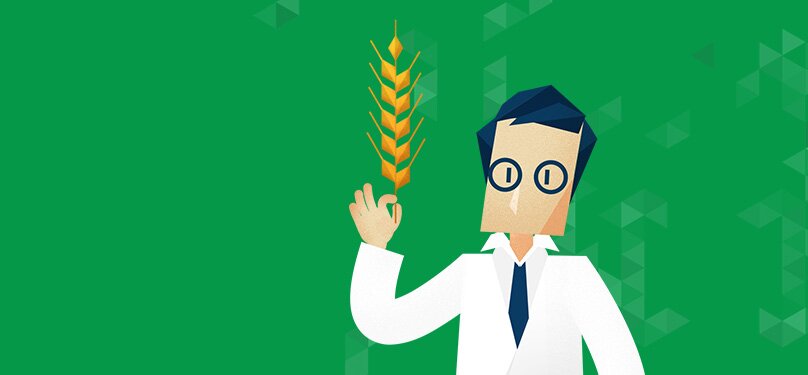Let there be German Bread

15 October 2013
By LUIGI GUARINO | Director of Science and Programs
There’s a reason why the tag line for the UN’s Food and Agriculture Organization is “Fiat panis,” or “Let there be bread.” Bread is more than simply a food, it’s a potent symbol of nourishment. And by extension of agriculture. It was probably one of the first products of agriculture, though I like to think the very first one was actually beer. Bread – and indeed beer – can stand for food and agriculture in many ways. But living here in Bonn gives me frequent occasion to consider one particularly resonant reason why that synecdoche is so appropriate.
The truth is, I’ve never seen so many different types of bread as grace the shelves of even the meanest of Bonn’s supermarkets. In fact, Germany as a whole is well known for its variety of bread. Soft and hard, rough and smooth. Every conceivable shade of brown. Crusty, and not so much. Every shape the baker’s art can contrive. All kinds of mixtures of the main cereals of Europe. How many permutations does that make? Not as many as there are different types of bread in my local Rewe, which if not a mean is not exactly a high-end supermarket either. And don’t get me started about the beer.
What’s so great about this diversity of bread, and beer, is also what’s great about the diversity of agriculture as a whole, whether we’re talking about the different varieties of crops like the wheat that goes into making bread, or indeed the different crops that people use around the world to make whatever their local staple source of energy happens to be.
As consumers, we like choice in our supermarkets. Well, the farmers who do the hard work of growing the crops that we eventually find all nicely sliced and packaged in our supermarkets also like to have a choice. A choice of what crop to grow, and a choice of which varieties of each crop to grow. It’s that choice that allows them to react to changes in the climate, as much as to changes in the market. It’s what allows them to make a living.
Plant breeders like to have lots of options too. Crop diversity is the raw material they use to produce the new, better varieties that farmers need for their livelihoods. It’s what allows them to make a living too. Breeders find that diversity in the world’s genebanks. And, increasingly, only there. A genebank is to breeders as a well-stocked bakery is to breadlovers. A source of wonder and delight, as much as of sustenance.
So, on this World Food Day, as you bite into your Dreikornbrot or your Laugenbrezel, your roti or your naan, your homemade sourdough, your bagel or your ciabatta, reflect on how much duller life would be if there were only sliced white bread on the shelf. And how you can thank genebanks for having any kind of bread at all.
